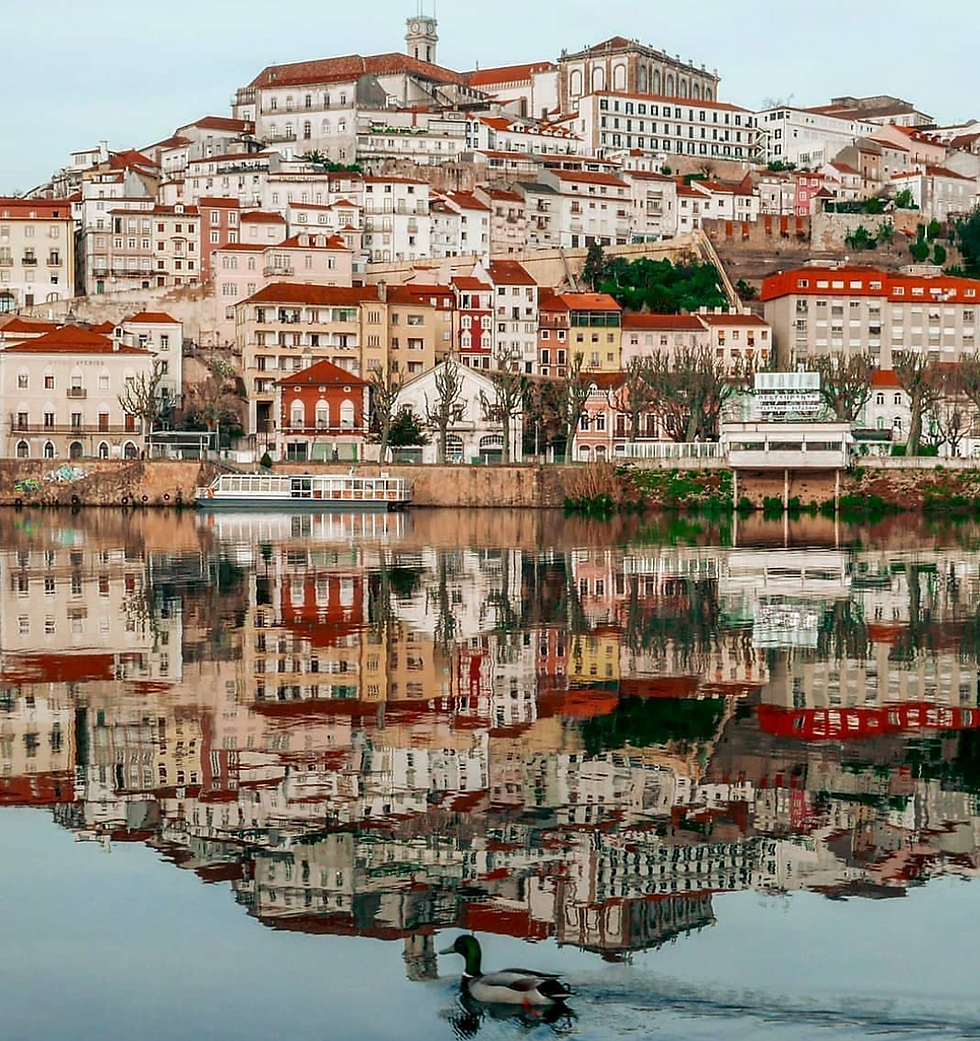Marvão Portugal: Your Complete Guide to this Castle in the Clouds
- Micah

- Sep 28
- 10 min read
Updated: Sep 28

Key Takeaways
It's tiny and historic: Marvão is a medieval walled village with only about 600 residents, so it's super quiet and peaceful.
The castle is ancient: The Castle of Marvão has parts that date back over 1,000 years to the 9th century.
It's right next to Spain: The village is perched on a mountain just 4 kilometers from the Spanish border, offering insane views.
Famous for Olive Oil: The Alentejo region, especially around Marvão, is known for some of the best olive oil in Portugal, often made using ancient stone-press methods.
What's So Special About Marvão?
So, you're planning a trip to Marvão, or maybe you just saw a picture of it and thought, "wow, where is that?" This place is one of Portugal's best-kept secrets, seriously. It's a tiny medieval village completely wrapped in stone walls, sitting on top of a giant granite mountain in the Alentejo region. People call it the "Eagle's Nest" because it's so high up, you feel like you're floating in the clouds, looking down on everything. The whole village is a maze of narrow cobblestone streets, whitewashed houses with red roofs, and little details that make you feel like you went back in time. Unlike some bigger tourist cities, Marvão is quiet. It's a place where you can actualy hear your own footsteps on the stone streets in the morning.
I remember the first time I drove up the winding road to get there. My friend was looking at the GPS and was like, "are you sure this is right?" because it just keeps going up and up. When you finally pass through the main gates, it's a completely different world. The air feels different, cleaner. The views are just nuts. You can see for miles and miles, all the way into Spain. The village has a population of around 600 people, which means it’s a peaceful escape from the busy life of Lisbon or Porto. It is a place to slow down, explore, and just take in the history. It's not a place with a million things to do, but that's the whole point. The main attraction is the village itself and its incredible castle. It’s perfect for people who love history, amazing views, and a bit of quiet.
The Incredible History of the Castle of Marvão
The Castle of Marvão is the star of the show, no doubt about it. This isn't just some old ruin; it's a fortress that has stood watch over this bit of land for more than a thousand years. The story starts way back in the 9th century. A Moorish rebel leader named Ibn Marwan is said to have set up a stronghold here. The Moors, who were Muslims from North Africa, controlled this part of Portugal for hundreds of years, and you can still see their influence. The castle's location was perfect for defense, giving a clear view of any approaching armies. You can see for probably 50 miles on a clear day, it's wild. The castle you see today is a mix of different time periods.
After the Christians took back this area, Portuguese kings made the castle even stronger. In the 12th century, King Afonso I captured it. Then in the late 13th century, a king named Dom Dinis really beefed up the defenses. He added stronger walls, better gate systems, and watchtowers. He also improved the cistern, which is a massive underground water tank, to make sure everyone had water if the castle was under siege. The castle played a role in lots of conflicts over the centuries, even during the Napoleonic wars. Now, its military days are over, but it's one of the best-preserved castles in all of Portugal. It costs next to nothing to get in, like €1.50 a person, which is crazy cheap. You can spend hours just walking along the battlements, climbing the towers, and imagining what life was like here. There's also a tiny museum inside with some artifacts they found.
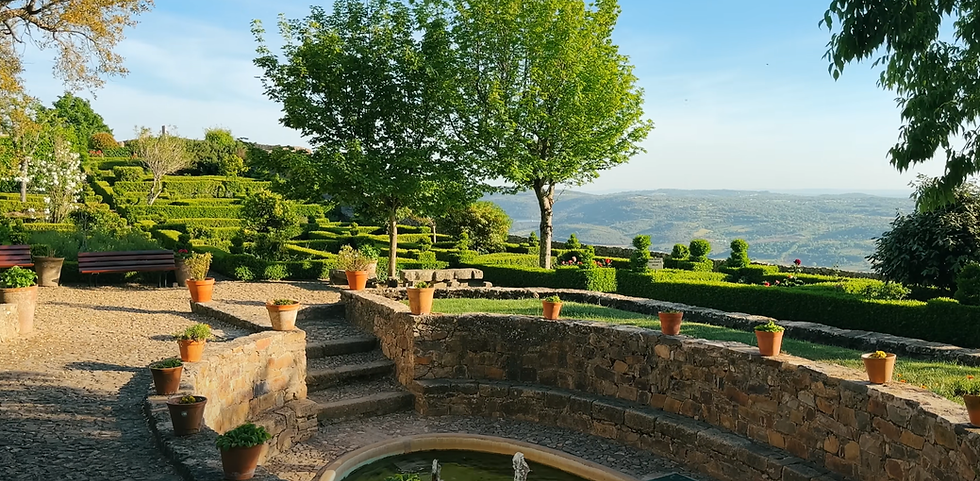
What to Do in Marvão (Besides the Castle)
Even though Marvão is small, there's more to do than just the castle. The best thing to do is just get lost. Seriously, put your phone away and just wander through the skinny cobblestone streets. Every corner you turn, there's a cute little doorway, a bunch of flower pots, or a sudden opening with an amazing view. The entire village is incredibly photogenic, especialy during sunrise and sunset. The morning light is perfect for pictures because the town is so quiet, you'll feel like you have it all to yourself. I woke up super early one morning to catch the sunrise, and I was the only person on the streets. It was magical watching the sun come up over the Spanish plains.
Besides walking, you can visit the Municipal Museum, which is in an old church. It has some interesting local history stuff, from ancient Roman times to more recent things. If you're into music, Marvão hosts an annual classical music festival that attracts people from all over the world. The concerts are held in cool venues around the village, including the castle. For outdoorsy people, Marvão is in the Serra de São Mamede Natural Park. This means there are tons of hiking and biking trails all around the mountain. Me and some friends met a couple who were biking from one fortified village to another, which sounds like an awesome trip. Walking along the village walls is another must-do. It gives you a different perspective of the town and the landscape below. It’s a great way to spend an hour, just taking it all in.
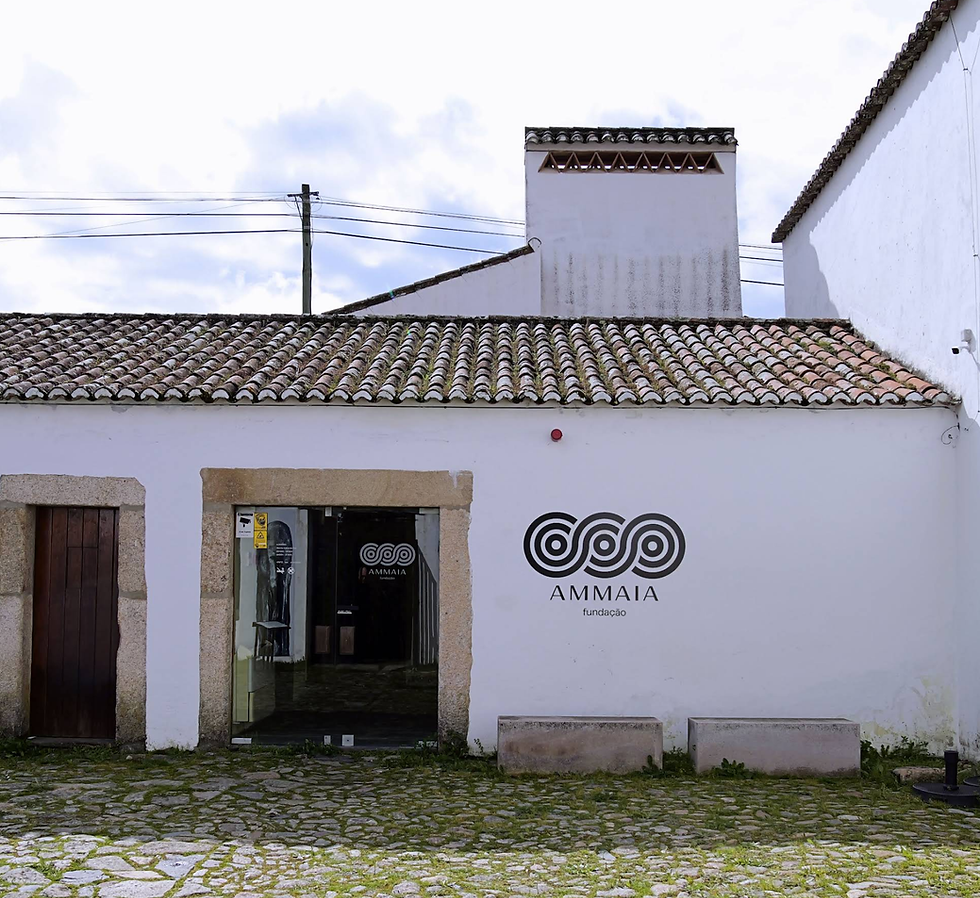
What to Eat: A Taste of the Alentejo
The food in the Alentejo region is amazing. It's hearty, traditional, and full of flavor. Marvão has some great little restaurants where you can try authentic dishes. You wont find fancy food here, but you will find delicious home-style cooking. One of the classic dishes is migas, which is made with breadcrumbs, garlic, olive oil, and usually served with pork. Another one is lamb stew (ensopado de borrego), which is slow-cooked and super tender. And you have to try porco à alentejana, a weird but amazing mix of pork and clams cooked in a savory sauce. I know it sounds strange, but it totally works.
The real showstopper in this region, though, is the olive oil. The olive oil around Marvão is some of the most flavorful I've ever tasted. Many of the local producers still use traditional methods like cold-pressing the olives with huge stone wheels. This process is slower but it creates an oil with a really rich and complex flavor. A lot of restaurants, like the Varanda do Alentejo, will give you a bowl of their local oil with bread, and it's so good you could make a meal out of just that. We liked it so much we ended up buying four liters to take home. Also, you'll see a lot of products made from cork. Portugal is the biggest producer of cork in the world, and you can find cool things like hats, bags, and even bread bowls made from it. It's a unique souvenir to bring back.
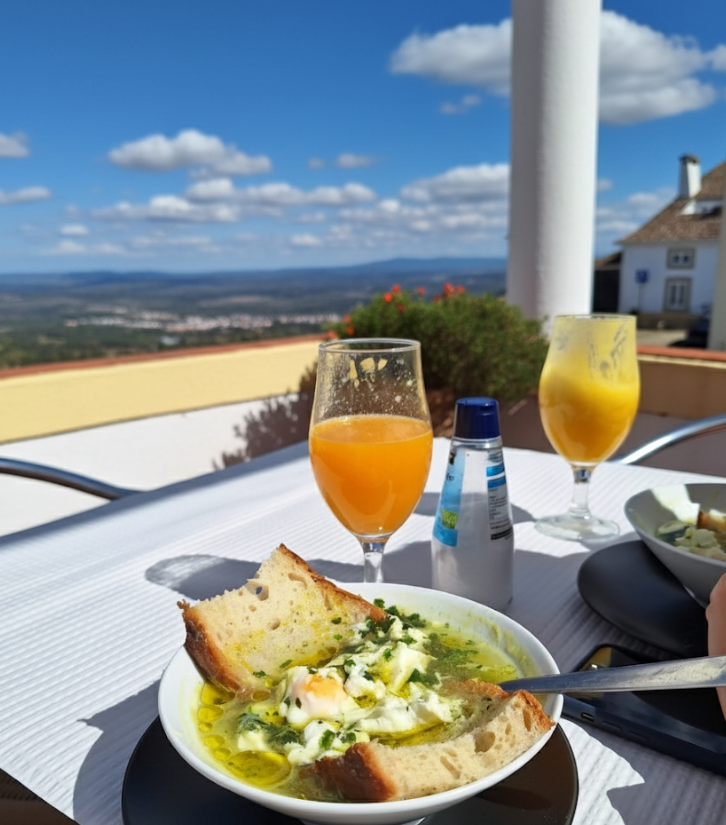
Where to Stay in Marvão
Because Marvão is so small, there aren't a ton of places to stay, so you should definitely book ahead, especially if you're visiting on a weekend. Weekends can get a bit busier because it's a popular getaway for people from Spain. The options you'll find are mostly charming guesthouses and small hotels built into the historic buildings. This means your room might have stone walls or a wooden-beamed ceiling, which is really cool. It adds to the whole experience of staying in a medieval village. Don't expect big, modern resort hotels here; it's all about cozy and authentic.
Two great places that I've heard good things about or stayed near are the Pousada de Marvão (sometimes called Hotel Dom Dinis) and Estalagem de Marvão. The Pousada is right at the top of the town, next to the castle, so the views are incredible. It has a nice mix of old-world charm with modern comforts, and some people say it has a jacuzzi on the terrace, which would be perfect after a day of walking. The Estalagem de Marvão is another solid choice, known for being super welcoming and cozy. Staying inside the walls is the best way to experience Marvão. This way, you can just park your car and forget about it. Everything in the village is within walking distance, so you can explore on foot for your entire stay. It’s way more relaxing than having to drive in and out.
How to Get to Marvão and Drive Inside
Getting to Marvão is part of the adventure. You really need a car to get here. It’s not a place that's easily reached by public transport. The drive is beautiful, though. If you're coming from Porto or Lisbon, you'll see the scenery change as you get into the Alentejo region. You'll start seeing rolling hills, cork trees, and lots of olive groves. It's about a 2 hour and 50-minute drive from Lisbon and around 3 hours and 20 minutes from Porto. From the Algarve in the south, it's closer to 3 hours and 40 minutes. It's a perfect stop for a night or two on a Portuguese road trip.
Now, for the tricky part: driving inside Marvão. The streets were built centuries ago, long before cars existed. They are extremely narrow and paved with cobblestones. My advice is to rent the smallest car you can. I'm not kidding, you'll be squeezing through some spots with inches to spare on either side. It can be a little stressful, but just go slow. Also, be careful with Google Maps. Sometimes it doesn't know the difference between a pedestrian street and a street you can actually drive on. Your hotel will probably give you specific directions on where to go to drop off your bags. Once you've unloaded, you should park your car in one of the designated parking areas and just leave it there. You can walk everywhere you need to go in the village, so you won't need your car again until you leave.
Marvão by the Numbers: A Visual Look
To give you a better idea of just how unique Marvão is, let's look at some numbers. This isn't your average tourist town. Its small scale is a huge part of its charm. Seeing the data really puts into perspective how different the visitor experience is here compared to a bustling city. The quiet weekdays contrast sharply with the slightly busier weekends, a rhythm dictated by its proximity to Spain.
Here's a quick look at how visitor numbers change:
Feature | Weekday Visit | Weekend Visit |
Visitor Traffic | Low traffic, often feels very quiet. | Noticeably higher traffic, especially from Spain. |
Atmosphere | Extremely peaceful, great for quiet exploration. | More lively, but still not overly crowded. |
Accommodation | Easier to find availability, potentially better rates. | Book well in advance, rates might be higher. |
Restaurant Access | Usually no problem getting a table. | May need reservations for popular spots. |
Export to Sheets
The data tells a clear story: if you want a truly peaceful experience, visit Marvão on a weekday. You'll feel like you have the entire village to yourself. On weekends, the population might feel like it doubles, but even then, it's nothing compared to the crowds in major cities. This kind of specific, data-backed insight is what makes travel advice truly valuable.
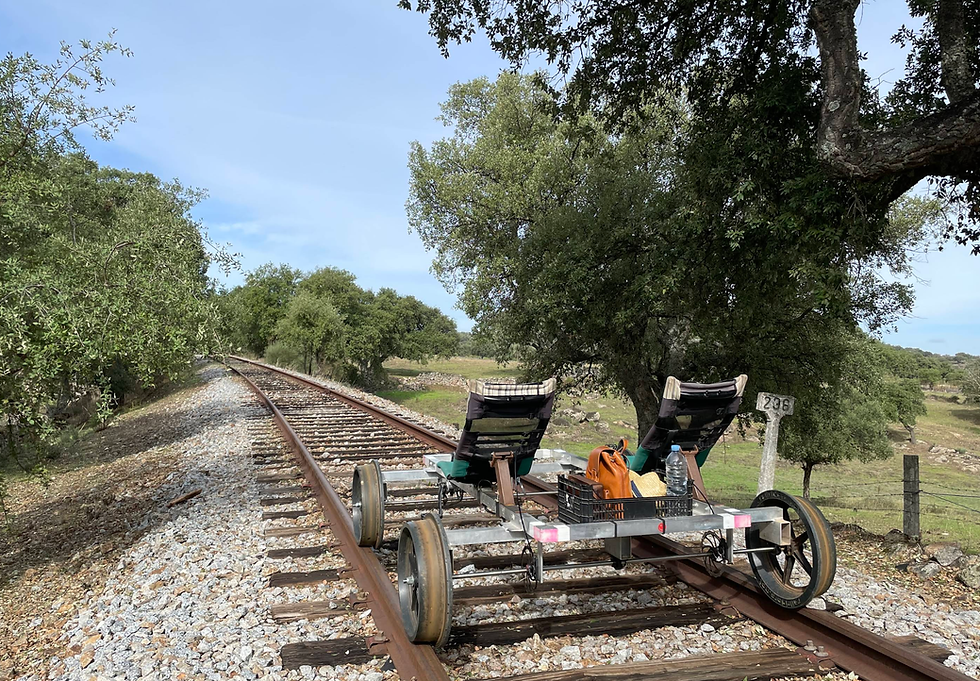
A Perfect 1-Day Itinerary for Marvão
If you only have one full day in Marvão, you can still see all the highlights without rushing. Here’s a simple plan to make the most of your time.
Morning (9:00 AM - 1:00 PM): Arrive, check into your hotel, and drop off your bags. Don't waste any time—grab your camera and just start walking. Spend the morning exploring the southern part of the village. Follow the narrow streets, find the hidden gardens, and just soak in the atmosphere. This is the best time for photos as the light is soft and the streets are empty. Head towards the castle but don't go in just yet.
Lunch (1:00 PM - 2:30 PM): Find a small, local restaurant for lunch. This is your chance to try some of that hearty Alentejo food. Order a plate of local cheeses and meats (queijos e enchidos) with some of that amazing olive oil and fresh bread. It's a simple but perfect lunch.
Afternoon (2:30 PM - 5:00 PM): Now it's time for the main event: the Castle of Marvão. You can easily spend a couple of hours here. Walk all around the battlements, climb the keep (the main tower), and visit the cistern. The views from the top are absolutely breathtaking. Read the signs to learn a bit about the history and imagine soldiers defending the walls centuries ago.
Late Afternoon (5:00 PM - Sunset): After the castle, take a leisurely walk along the main village walls. It gives you a great perspective of how the village is laid out on the mountaintop. Find a good spot on the western side of the walls to watch the sunset. It’s a spectacular show as the sun dips below the horizon and the sky fills with color.
Evening (After Sunset): For dinner, choose another local spot to try a different regional dish. Maybe the lamb stew or the pork and clams. Enjoy a bottle of Alentejo wine. After dinner, take one last walk through the quiet, softly lit streets before heading back to your hotel. The village is so peaceful at night. It's the perfect end to a day in this magical place.
Frequently Asked Questions
1. How much time do I need in Marvão? You can see the main sights in one full day. So, staying for one or two nights is perfect. It gives you enough time to see the castle, wander the streets, and enjoy a couple of meals without feeling rushed.
2. Is Marvão good for families with kids? Yes, it can be fun for families with kids who like exploring. The castle is like a giant playground for them to run around in. Just be careful on the walls as some parts don't have high railings. The cobblestone streets can be tough with a stroller, though.
3. Do I need a car to visit Marvão? Yes, a car is pretty much essential. Public transportation to Marvão is very limited, and having a car gives you the freedom to explore the surrounding Alentejo region as well.
4. What is the best time of year to visit Marvão? Spring (April-June) and Fall (September-October) are the best times. The weather is pleasant for walking, and it's not too crowded. Summer can be very hot in the Alentejo, and winter can be a bit cold and windy since you're so high up.
5. Is it hard to drive in Marvão? Driving to Marvão is easy. Driving inside the walls is very challenging because the streets are extremely narrow. It's best to park your car as soon as you can and walk everywhere.
6. Can I walk everywhere in Marvão? Absolutely. The village is tiny, and walking is the only way to see it. Once you park your car, you won't need it again until you leave. Just make sure to bring comfortable shoes for the cobblestones.
7. What kind of food is Marvão known for? Marvão is known for traditional Alentejo cuisine. Think hearty dishes like lamb stew, pork with clams (porco à alentejana), and migas. The region is also famous for its incredible olive oil and flavorful wines.
8. Is Marvão expensive? No, Marvão is very affordable. Entry to the castle is only a couple of euros, and food and accommodation are much cheaper than in big cities like Lisbon or popular coastal areas.


